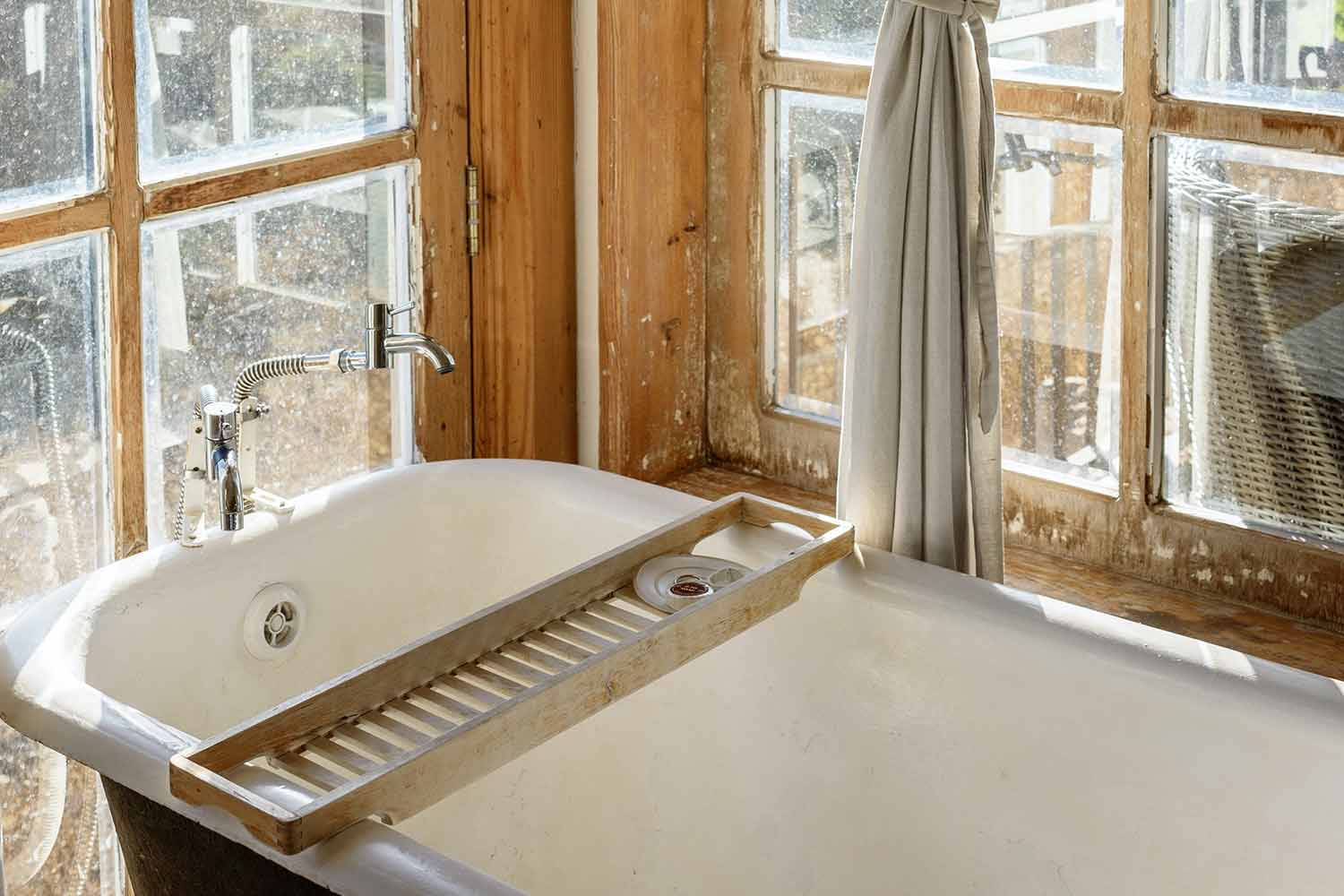Shopping for a faucet? Read about types, features, and other must-know topics in our faucet buying guide to make an informed choice.
If you’re remodeling or upgrading your kitchen, the latest in top-notch hardware and tough finishes have made corroded, leaking, and dripping faucets a thing of the past. Most faucets also come with lifetime warranties (for the original buyer) that cover defects and even finishes.
Faucets have become so reliable, we found few performance differences between brands. That’s why we no longer rate faucets, but instead focus on the pros and cons of faucet finishes and features so that you can choose a great faucet, no matter your budget.
Faucet Findings & Shopping Tips
In the graphic below we highlight single-handle pullout faucets, a very popular style that combines a spray head and spout for convenience and flexibility. But our findings are applicable to other faucet styles too. Here’s what else to consider when shopping for a new faucet.
Match the Faucet With the Number of Mounting Holes
Most sinks come with mounting holes pre-drilled for faucets and accessories such as side sprays or soap dispensers. If you’re keeping your original sink, you’ll need to match what you have or get a base plate to cover any extra holes. The base plate sold with your new faucet can be used to cover holes in your countertop, but don’t buy a faucet that requires more sink holes than your sink has; it’s not a good idea to try to drill additional holes in an existing sink or countertop.
Spout Styles and Shapes
Straight spout faucets are compact and often inexpensive, but you might need to move the faucet to fit a big pot under it. Gooseneck models have higher clearances, but can cause splashing if your sink is shallow. Whatever style you pick, make sure the faucet head swings enough to reach the entire sink, especially if you have a wide or double bowl sink. Also keep the faucet proportional; a large sink can look odd with a small faucet.
Installation and Repair
Replacing a faucet and a sink at the same time is easier because the faucet can be installed in the sink, or in the countertop before the sink is put in place. Fittings that can be tightened with a screwdriver also streamline installation. Long water-supply hoses allow you to make connections lower in the sink cabinet where tools are easier to use. Though most faucets are guaranteed not to leak, if yours does, the manufacturer will give you only the replacement part—it’s up to you to install it.







